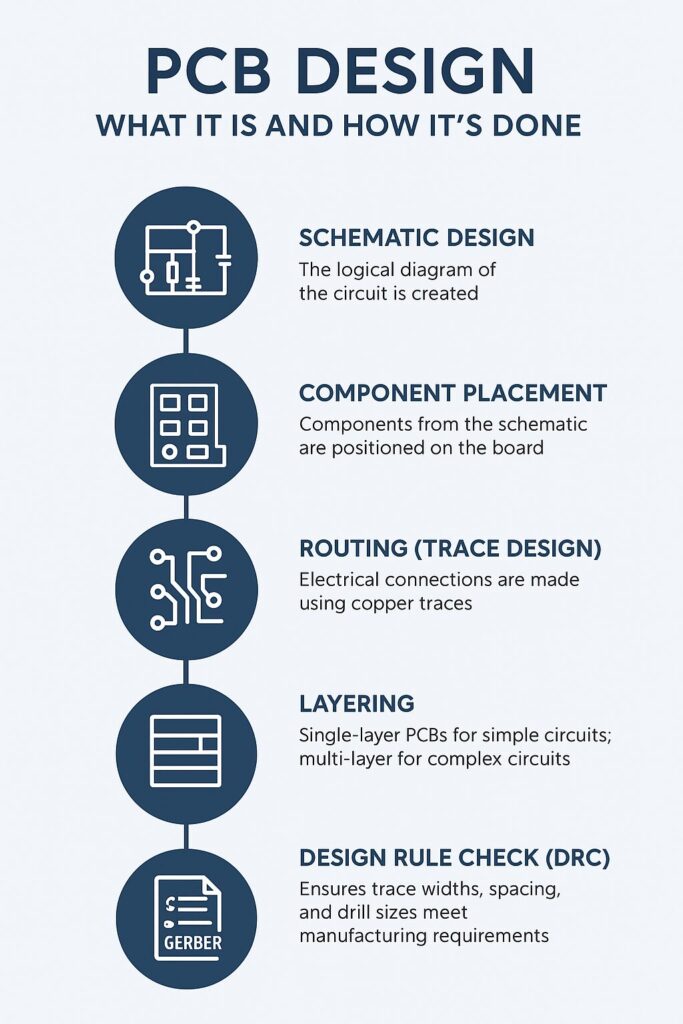OTA Updates for Industrial Devices: Time and Cost Advantages
In the modern world of industrial automation, updating devices safely, efficiently, and remotely has become one of the most critical needs. Traditional methods, which require on-site servicing and manual software installation, often lead to significant time delays and increased operational costs. Over-The-Air (OTA) updates provide a solution, allowing devices to be updated wirelessly and automatically from anywhere.
This guide explores what OTA updates are, how they are implemented in industrial devices, and the advantages they offer to businesses of all sizes.
1. The Basic Concept of OTA Updates
OTA updates allow software or firmware to be transferred and installed on a device without requiring physical access. Key benefits include:
- Devices always run the latest version, ensuring optimal performance.
- Security vulnerabilities are quickly addressed, preventing potential threats.
- New features can be deployed effortlessly, improving device capabilities over time.
By leveraging OTA, companies can maintain device consistency and reduce the risks associated with outdated firmware.
2. Implementing OTA in Industrial Devices
Industrial devices often operate in critical production lines, manufacturing facilities, or remote sites, making reliable and uninterrupted updates essential. OTA updates can be implemented through:
- Connectivity Infrastructure: Using Ethernet, WiFi, GSM/LTE, or RF communications to interact with devices.
- Server Management: Centralized servers store and manage all update files.
- Version Control: Checking the device’s current firmware version before deployment.
- Update Distribution: Sending only the relevant update packages to target devices, minimizing bandwidth usage.
Properly configured OTA systems ensure updates are seamless and secure, even for devices deployed in challenging environments.
3. Time-Saving Advantages
Manually updating hundreds or thousands of devices can take days or even weeks. OTA technology dramatically reduces this time by allowing:
- Simultaneous updates of thousands of devices with a single command.
- Remote management, eliminating the need for field technicians.
- Minimal production downtime, keeping critical lines operational.
This efficiency translates into faster deployment of improvements and higher operational agility.
4. Cost-Saving Advantages
OTA updates also have a direct impact on reducing operational expenses:
- Reduced service costs: No need for technicians to travel to each site.
- Improved labor efficiency: Technical teams manage updates remotely.
- Energy and logistics savings: Avoid unnecessary travel, shipping, and associated time loss.
By lowering the resources required for maintenance, OTA provides long-term cost benefits for industrial operations.
5. Security and Reliability
Security is paramount in industrial systems. OTA solutions include:
- Encrypted data transfer using TLS, AES, or other secure protocols.
- Version rollback capabilities to restore previous firmware if an update fails.
- Guaranteed device functionality even if the update process is interrupted.
These features ensure that devices remain operational, secure, and compliant with industrial standards.
6. Investing in the Future: Part of Digital Transformation
The future of industrial automation relies on remote accessibility and sustainable update methods. OTA technology not only reduces current costs but also prepares businesses for Industry 4.0, enabling smarter, connected, and more adaptable operations.
By adopting OTA updates, companies can ensure that their devices remain competitive, secure, and capable of supporting advanced digital manufacturing processes.
Conclusion
OTA (Over-The-Air) updates provide substantial time and cost advantages for industrial devices, making them an essential tool in modern automation. By enabling remote, secure, and uninterrupted firmware updates, businesses can:
- Improve operational efficiency and minimize downtime by instantly deploying updates across multiple devices without halting production lines.
- Reduce service costs and labor expenses as technical personnel no longer need to travel to each site, saving both time and resources.
- Ensure devices remain secure, up-to-date, and ready for Industry 4.0 integration, protecting against cyber threats and enabling the deployment of new features seamlessly.
Investing in OTA technology goes beyond addressing today’s maintenance challenges—it represents a strategic move toward future-proofing industrial operations. Companies can enhance overall productivity, maintain consistent device performance, and achieve operational scalability. Furthermore, OTA facilitates real-time monitoring, predictive maintenance, and data-driven decision-making, which are crucial for businesses aiming to stay competitive in an increasingly connected, automated, and digitally driven industrial landscape. By adopting OTA, organizations not only optimize current operations but also lay the foundation for long-term technological growth, resilience, and innovation.
🔗 For more information:
Revantechnology – Industrial IoT and OTA Solutions


